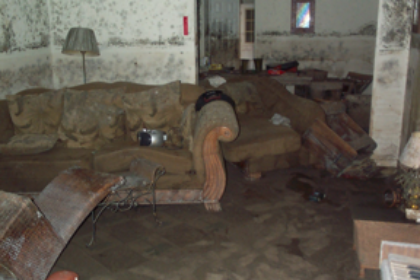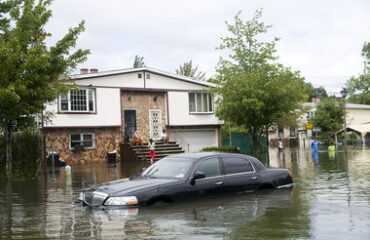 [header1]
[header1]
Mold in buildings can result in a variety of ailments to workers, including infections, allergic reactions, and asthma. Standing water, humid air, and wet surfaces can stimulate mold growth.
Any surface in contact with dirty water should be considered contaminated, as should a surface that has been wet longer than 48 hours with clean water.
Mold is a group of microscopic fungi which also includes mildew and other organisms that rot materials on which they grow. While it is often invisible to the eye, widespread mold growth may appear as a blotch of black, gray, white, red, orange, yellow, blue or violet fuzzy or slimy growth.
The Centers for Disease Control and Prevention says employers can reduce the chances of a mold colony growing in a facility by doing the following:
- Keep the humidity level below 50 percent.
- Use an air conditioner or dehumidifier during humid months.
- Provide adequate ventilation, including exhaust fans, in the kitchen and bathrooms.
- Add mold inhibitors to paints before applying them.
- Clean bathrooms with mold-killing products.
- Avoid putting carpeting in bathrooms, basements, or other areas where moisture or water could be a concern.
Anyone handling mold cleanup operations should wear personal protective equipment, including gloves, goggles, and a respirator. ASSE suggests the following tips for cleaning a facility with mold:
- Avoid direct contact as much as possible.
- If something can be thrown away, throw it away.
- Decontaminate and thoroughly dry anything that cannot be discarded, as moisture removal is a key factor to prevent future growth.
- Wallboard can often be cut to the point of contamination and replaced with new sections.
- All tools should be cleaned after use or disposed of, if possible.
- [footer1]


